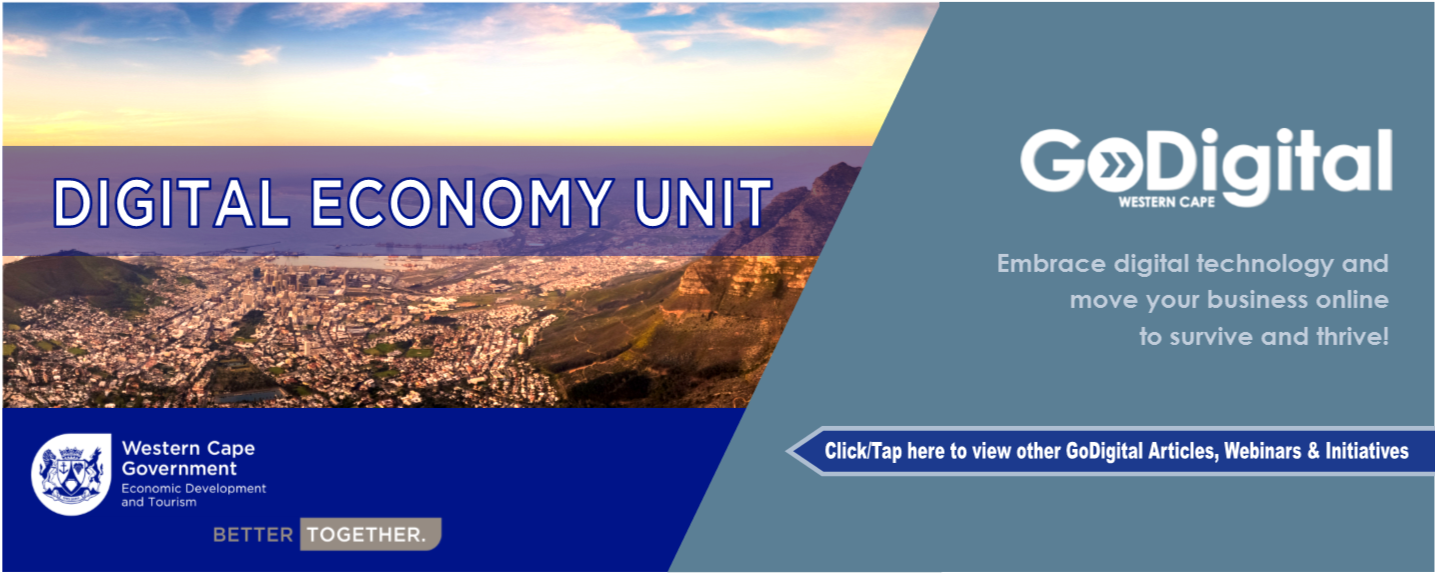Connect with customers using Virtual Reality (VR) and Augmented Reality (AR)
Connect with customers using Virtual Reality (VR) and Augmented Reality (AR)
Introduction
Imagine shopping for new warehouse facilities or a delivery vehicle for your business from the comfort of your couch at home. This is not far-fetched at all and made possible by virtual reality (VR) and augmented reality (AR) technology. This innovative technology has endless possibilities to connect with customers in a unique manner. Virtual reality provides a computer-generated experience in a simulated environment, debuting in 2014 and currently has an estimated 171 million users worldwide. On the other hand, augmented reality became more prevalent in 2015 and provides a view of a physical/real world environment with an estimated 1.7 billion users globally. This technology has evolved from dominating the gaming industry to enter the business, engineering, medical, education and other fields. VR and AR are expected to make an enormous impact on sales and marketing, and have the ability to influence our lives in incredible and as-yet-undetermined ways. This approach is especially useful during lockdown when movements are restricted and we can no longer simply visit locations to view products.
The difference between VR and AR
Virtual Reality (VR) and Augmented Reality (AR) are sometimes mistaken as being the same thing. While there is some overlap, VR is more of an all-immersive experience in a virtual world which users can interact with. AR differs in that it blends virtual reality with real life, including augmented sensory elements such as sound, video and/or graphics. Both options take digital marketing to another level, pushing boundaries and helping business owners think outside the box and be more creative in reaching customers.
The practical application of VR and AR for businesses
Both VR and AR are making in-roads into many disciplines by presenting information in a novel way. Real estate companies are using this technology to create virtual tours of homes, allowing the purchaser to leisurely view various housing options virtually before engaging with the agent to pursue a purchase.
Car retailers are replicating the physical experience of viewing a car from a 360 degree stand-point, down to the fine detail of features or even the seating stitching. Tourism companies are re-creating tours in the virtual realm, allowing a tourist from anywhere in the world to experience the location through 360 degree panoramic images. This is unique in that the viewer can determine how to work through the content versus a traditional linear video that has a start and end point.
Engineers, Architects and Interior Designers use VR/AR to design, plan and allow the customer to visualize builds, renovations and design elements before implementing them. This saves a considerable amount of time, includes the customers feedback early in the project and ensures that the end result is far better aligned to the vision.
As the e-Commerce market booms, VR and AR can boost online shopping through creating a more engaging shopping experience for customers to visualize the products in the homes or, in the case of clothing and accessories, even on themselves. Gaining access to new markets and improving competitiveness is a sure win for any business. The business can showcase multiple content, all facilities and services offered. This approach has been known to reduce the return levels for items purchased, and to improve customer satisfaction. Businesses can also connect their brands with VR events to increase brand awareness.
VR technology is now commonly being used to reduce traditional training workshops or on-site training. Employees can be accommodated from different locations, reducing the travelling costs and increasing the efficiency of programmes due to virtual simulations. Airlines use this technology to train employees on the inner workings of the boarding, services and aircraft cleaning procedures, since it is not practical to ground an aircraft just for training purposes.
The hardware and software required
Using VR technology need not blow the budget and a business or user could invest in reasonably priced VR goggles or make use of the various VR apps available. Google have engineered the ‘Google Cardboard’ which is a more cost-effective goggle frame and app which the user inserts their smartphone into. There are also vinyl goggle options allowing for easy cleaning and sanitization between usage. More varieties are becoming available in the market and it is worth researching to establish which option to go with.
360 degree cameras are needed for VR applications. They are relatively simple to use or you could consider hiring a qualified VR tour creator to help shoot the content and link it to the necessary software. Some drone cameras also provide this functionality. Software is needed to help curate and publish the content—the freemium model applies and while some of the software is free, others have a subscription linked. Various apps are available to host your content such as YouTube, Orbulus, Discovery VR, 3DVista and many others. The key is to ensure you use good ‘rich’ content that engages the customer towards purchasing your product or service. Businesses post the links to the VR content on their business websites, social media platforms, company vehicles or any marketing collateral they wish to distribute.
AR tends to be simpler to produce, requiring a camera, laptop and cellular phone. A variety of AR tools are available to assist such as Facebook’s ‘Spark AR’, Shopify’s ‘AR Quick Look’, Zappar and others. Snapchat and Instagram also provide AR features. Customers view the content on apps or via a link received from marketing material or social media platforms.
Take the leap
It is worth finding out more about this technology and taking a good look at your current marketing strategy and budget to determine whether there is space to be bold and try something different that has the potential for large payoffs. Customers have become more comfortable with technology and shopping virtually. It may seem futuristic, however this is as good a time as any to change gears on how you reach customers.
References
https://www.uschamber.com/co/run/technology/augmented-virtual-reality-for-small-business
https://smallbiztrends.com/2016/04/virtual-reality-for-small-business.html



